The content of the article
With the arrival of the summer season, every summer resident and gardener fights for yields with various diseases and pests. If currant grows on your site, the most dangerous and frequent enemy is aphid. On the presence of aphids on currants can speak in its appearance - the leaves become convex, as if with red pimples. The shoots of currants infected with aphids become painful, lagging behind.
How aphids harm currants
Aphids are small insects of 1-2 mm in size, which can be green, gray and white. Females of aphids lay eggs for the winter, and with the arrival of warm days the insects come to life. Aphids feed on the sap of the fruits and leaves of the plant, piercing their proboscis with juicy greens. Aphid colonies are numerous, so they quickly suck out all the life-giving forces from the currant, leaving the shrub to wither.Without a life-giving juice currant can not resist extraneous diseases, it often dies.
The life cycle of aphids is small, over the summer it is replaced by more than a dozen generations. The female lays a huge number of eggs, and without fertilization, and only female individuals are born. Over time, when the plant louse completely eats the plant, winged forms of insects may appear that easily infect neighboring shrubs. And only in the fall in the colony males are born. A fertilized female lays eggs that can survive the harsh winter.
Aphids and ants
Separately, I would like to say a few words about ants. Some mistakenly believe that ants are fighting with aphids. But it is not. Aphid produces sweet dew, which ants love to feast on. Therefore, they in every way protect and protect their "breadwinners". If the currant is infected with aphids, you can observe a huge number of ants near the bush. Ants specially tickle the aphid's abdomen with their antennae to get some sweet treats. Moreover, ants transfer the aphids to uninfected shrubs so that the insect produces more of its favorite delicacy.Therefore, in the fight against aphids, it is very important to destroy ants as the main “accomplices” of these pests.
How to deal with aphids by professional means
There are many professional means of dealing with aphids, which do not harm currants. Among them are the following insecticides.
- Kinmiks
- Malathion
- Aktara
- Rovikurt
- Vofatoks
The plant is sprayed three times. The first time before the appearance of the kidneys. The second time is after the appearance of the first leaflets. And the third time - at the end of the season, but at least a month before the harvest begins. Insecticide is diluted according to the instructions, usually the dose is a tablespoon per 10 liters of water. Carefully need to spray the roots and stems of the shrub, its leaves on the reverse side.
Do not forget to simultaneously fight the ants. If there is an anthill not far from the infected shrub, you need to fill it with boiling water. This will destroy the insects, but not damage the branches and roots of the plant.
But not always at hand are professional insecticides. Then you can use the popular recipes.
Folk methods of dealing with aphids
The first and most important thing that you should do when you find the “painful” leaves is to pick them and burn them. Collect all the bulging and twisted leaves - they are concentrated on a colony of insects.
- Tobacco and ash. Take the usual shag, which is used in the manufacture of roll-ups. A pound of tobacco should be mixed with the same amount of ash and diluted with ten liters of water. Cooked means treat sore bush.
- Ash and soap. Dissolve 200 grams of ash in 10-15 liters of water. Add a glass of cheap liquid soap. If there is no liquid soap on hand, you can rub the ordinary laundry soap on the grate and dissolve it in the total mass.
- Soda Ash The solution of soda ash perfectly fights with aphids and other pests. Dissolve the powder at the rate of one tablespoon per liter of water. For greater effect, you can add a little soap to the mass.
- Celandine. Among the natural means of dealing with aphids can be noted celandine. The celandine bushes are torn off and filled with water. For 10 liters of water you need to take a couple of pounds of fresh green grass. It is necessary to infuse medicinal herb for about a day, after which the infusion is filtered and sprayed with a sprayer under a bush. Before processing, be sure to wear gloves, as the celandine is poisonous enough.
- Bow. It is very effective in combating aphids and other pests. To prepare a healing infusion, you need to chop the onion or green onion, pour it with water and let the mass stand for 4-5 days. After this, the affected aphid bushes are watered with the prepared agent. Usually, after a couple of such treatments, no trace is left of the pests.
- Ladybugs. These insects contribute to the extermination of aphids, so you need in every way to attract ladybirds to your site. To do this, currant bushes need to plant a calendula, tansy, mallow, nasturtium. The smell of these flowers attracts ladybirds and they gladly settle on your site.
- Tomato plant After collecting the tomatoes do not rush to throw out the tops. She fights great with aphids. The tops are crushed, placed in a large vat and filled with water. After a couple of days, the “medicine” is ready. Sick bushes are watered on them so as to cover as much land as possible at the roots, stalks.
- Quinoa. In the fight against treacherous aphids need to use all means and be smarter. It is not necessary to remove all the weeds under the currant bush. If you have not coped with aphids yet, leave a little quinoa under the bush - the aphid loves her very much.So you can at least a little to protect and divert pests from currants.
If you find a lamb - do not rush to give up. It is possible and necessary to fight this pest, otherwise the aphid will spoil your harvest year after year. Do not give up trying to get rid of aphids in order to collect the sweet and tasty fruits of currants at the end of the season.
Video: protection of currants and gooseberries from aphids and currant moth

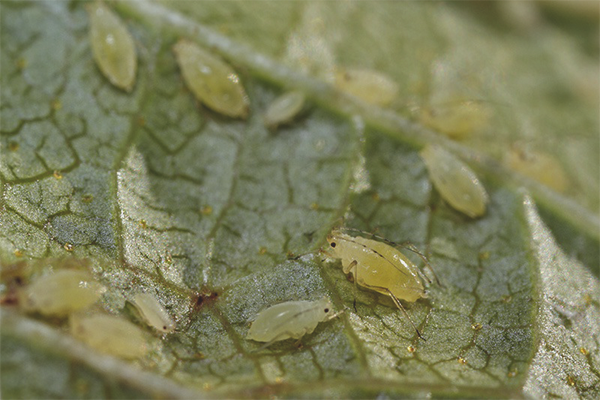
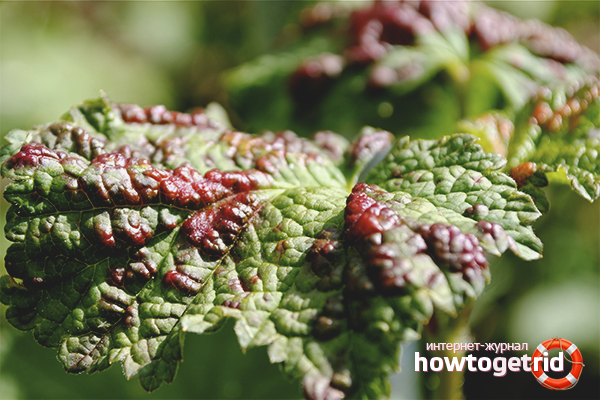


 3 votes, on average: 3,67 out of 5
3 votes, on average: 3,67 out of 5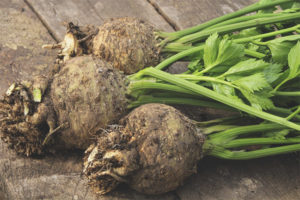
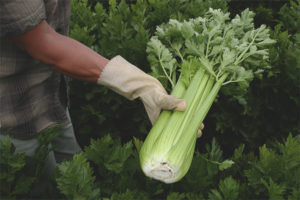

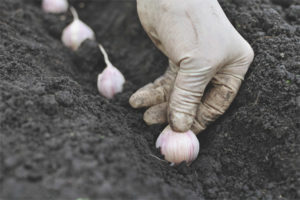
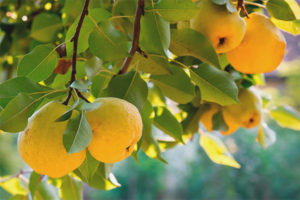
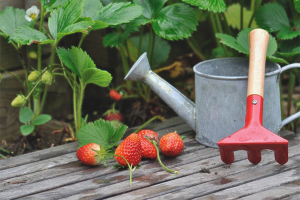

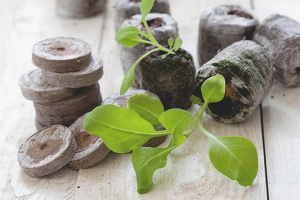
To send